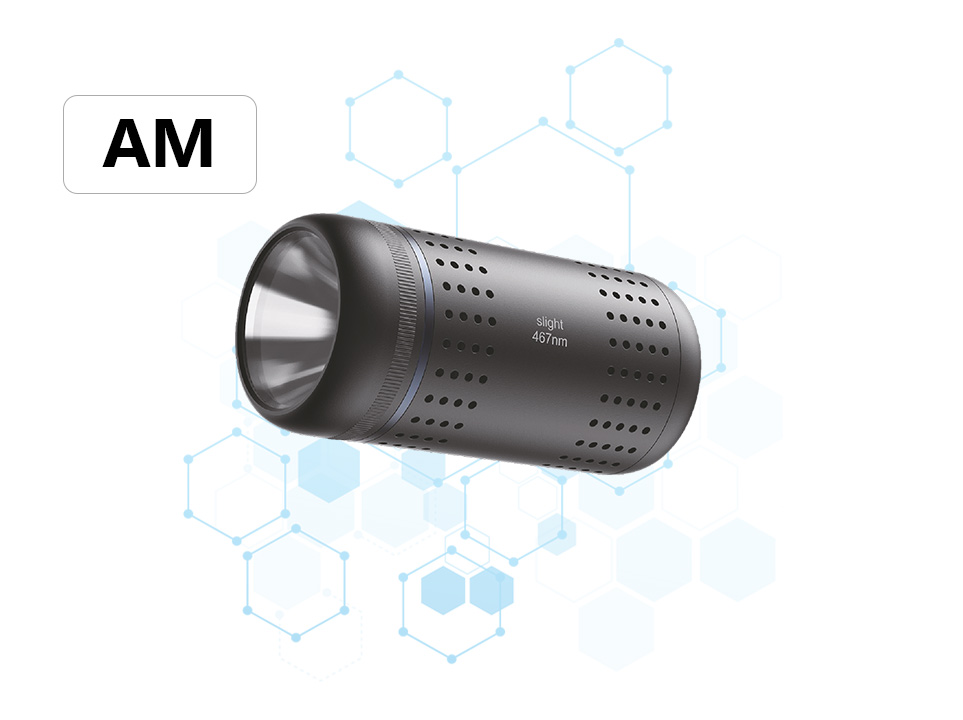Synthesis of β - Ketone Primary Chloride by Photocatalytic Reactor
Abstract:
This study reports a novel synthetic approach for the preparation of β-ketone primary chlorides using a photocatalytic reactor. The method leverages the unique properties of photocatalysis to facilitate an efficient and selective transformation, offering a green alternative to traditional synthetic routes. The reaction conditions, catalyst selection, and optimization strategies are meticulously examined to enhance yield and purity of the target compounds.
Introduction:
β-Ketone primary chlorides are versatile intermediates in organic synthesis, finding applications in the preparation of pharmaceuticals, agrochemicals, and functional materials. Traditional synthesis of these compounds often involves harsh reaction conditions, such as high temperatures and pressures, or the use of hazardous reagents, posing challenges in terms of sustainability and environmental impact. Photocatalysis, as an emerging technology, provides a promising platform for achieving mild, selective, and eco-friendly transformations. In this work, we explore the use of a photocatalytic reactor for the synthesis of β-ketone primary chlorides, aiming to develop a more sustainable synthetic pathway.
Materials and Methods:
Reactor Setup:
A photocatalytic reactor equipped with a UV-LED light source was used for the reactions. The reactor was designed to ensure efficient light absorption and mixing of reactants.
Catalyst Selection:
Several photocatalysts, including TiO2, ZnO, and CdS, were screened for their effectiveness in promoting the desired transformation. Catalyst loading, particle size, and surface properties were considered in the selection process.
Reaction Conditions:
The reactions were carried out in solvent systems comprising a mixture of organic solvent and water. The influence of solvent type, reactant concentrations, and light intensity on reaction yield and selectivity was investigated.
Synthesis Procedure:
Typically, the ketone precursor and a halogenating agent (e.g., NCS, NBS) were dissolved in the solvent mixture and introduced into the photocatalytic reactor. The reaction was irradiated with UV light under stirring, and progress was monitored by TLC and GC-MS. Upon completion, the reaction mixture was worked up to isolate the β-ketone primary chloride.
Results and Discussion:
Catalyst Evaluation:
Among the catalysts tested, TiO2 exhibited the highest activity and selectivity for the formation of β-ketone primary chlorides. The optimized catalyst loading was found to be 5 wt%, providing a balance between catalytic activity and ease of separation.
Reaction Conditions Optimization:
Solvent screening revealed that a mixture of acetonitrile and water (1:1 v/v) provided the best balance of solubility and reactivity. Increasing the light intensity up to a certain threshold led to a proportional increase in reaction rate, but further increases had diminishing returns. Optimal reactant concentrations were determined to maximize yield while minimizing byproduct formation.
Mechanism Insight:
Based on control experiments and spectroscopic analysis, a plausible mechanism involving photoexcited catalyst-mediated halogen atom transfer was proposed. The excited catalyst facilitates the abstraction of a hydrogen atom from the ketone, generating a radical intermediate, which subsequently undergoes halogenation to form the β-ketone primary chloride.
Product Characterization:
The isolated β-ketone primary chlorides were characterized by NMR, IR, and mass spectrometry, confirming their structure and purity. Yields ranged from 65% to 85%, depending on the specific ketone precursor and reaction conditions.
Conclusion:
In conclusion, we have successfully demonstrated the synthesis of β-ketone primary chlorides using a photocatalytic reactor. The optimized reaction conditions and catalyst provided efficient and selective conversion of ketone precursors to the desired products. This methodology offers a green and sustainable alternative to traditional synthetic routes, highlighting the potential of photocatalysis in organic synthesis.





